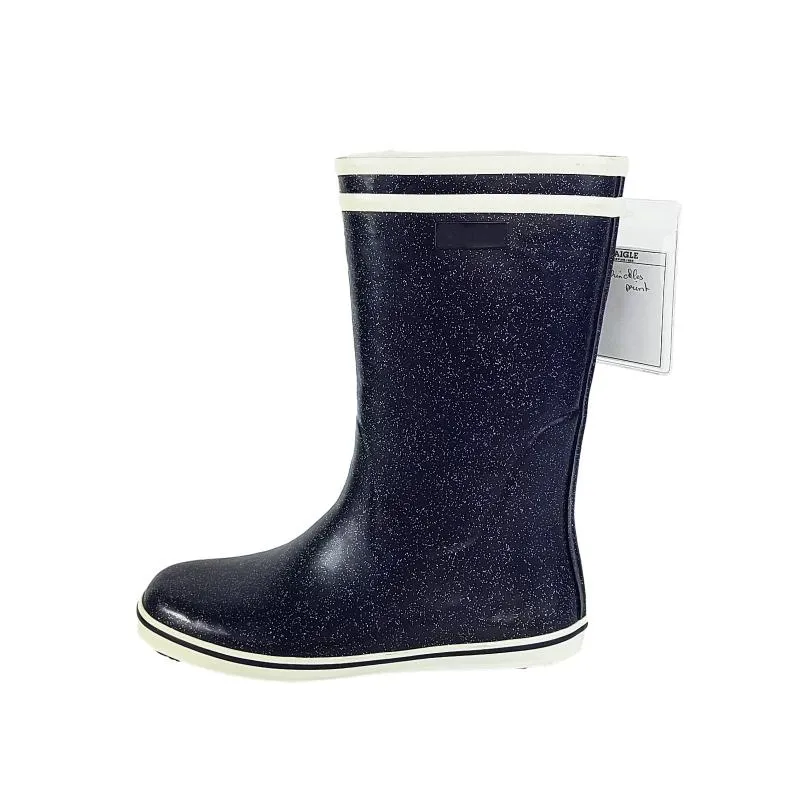Choosing the Right Winter Boots for Hunting
When it comes to hunting in winter, the choice of footwear is crucial. The right winter boots can make a significant difference in your comfort, mobility, and even safety while you’re out in the field. Here’s what to consider when selecting winter boots for hunting.
1. Insulation and Warmth
The primary function of winter boots is to keep your feet warm in extreme temperatures. Look for boots with adequate insulation rated for the cold weather conditions you expect to encounter. Common insulation materials include Thinsulate, fleece, and waterproof membranes. Depending on your hunting location, you might need boots with higher insulation ratings. Generally, a boot with insulation between 200 to 1200 grams will be suitable for most winter hunting scenarios. Always consider the duration and intensity of your hunt—longer hunts in freezing temperatures will necessitate more insulation.
Snow, slush, and wet ground are common in winter hunting conditions. Therefore, selecting waterproof boots is essential. Many boots feature waterproof membranes like Gore-Tex, which allow sweat to escape while preventing moisture from entering. A waterproof outer layer will keep your feet dry and comfortable throughout your time outdoors, allowing for maximized focus on your hunting tasks instead of worrying about cold, wet feet.
3. Traction and Grip
Winter conditions can also present slippery and treacherous terrain. Therefore, a good pair of winter hunting boots should have a solid sole with excellent traction. Look for boots with deep lugs that provide stability on ice, snow, and mud. Vibram soles are a popular choice among avid hunters for their durability and grip. Ensuring you have proper traction will help prevent slips and falls, which can lead to injuries or accidents while navigating through the wilderness.
winter boots for hunting

4. Fit and Comfort
When it comes to boots, fit is everything. Your hunting boots should offer enough room for thicker socks while ensuring that they are snug yet comfortable. Those who plan on wearing their boots for long periods should consider models with cushioned insoles and breathable materials. Always try on boots with the socks you intend to wear during the hunt and walk around a bit to assess comfort and fit. Remember, a good fit can help prevent blisters and discomfort in the field.
5. Weight
When hunting, especially in more remote areas, the weight of your gear can impact your mobility. While insulation and waterproofing often add weight to boots, look for options that strike a balance between protection and agility. Lightweight models are available that still offer high levels of warmth and protection without excessive bulk.
6. Price and Brand
Investing in quality winter hunting boots can be a significant expenditure, but it often pays off in terms of durability and performance. Popular brands like LaCrosse, Kenetrek, and Sorel offer well-regarded options in this category. While it may be tempting to opt for cheaper alternatives, remember that the right investment can dramatically enhance your hunting experience.
In conclusion, selecting winter boots for hunting requires careful consideration of insulation, waterproofing, traction, fit, and weight. By investing time into finding the right pair, you ensure that your winter hunts remain enjoyable, safe, and productive. Happy hunting!
-
Stay Dry in Any Condition with WadersNewsJul.17,2025
-
Elite Performance with Camouflage Combat BootsNewsJul.17,2025
-
Dry and Comfortable with Green Rubber Garden ShoesNewsJul.17,2025
-
Convenient Protection with Foldable RainbootsNewsJul.17,2025
-
Comfort and Protection with Neoprene Work BootsNewsJul.17,2025
-
Brighten Rainy Days with Floral Rain BootsNewsJul.17,2025
-
Safety Wellies: The Ultimate Combination of Protection, Comfort, and VisibilityNewsJun.19,2025











